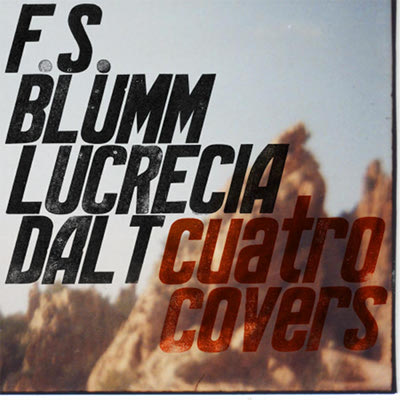Karlheinz Essl
“Where’s the Rainbow? “
Between the years 1620 and 1636, Peter Paul Rubens created, without the prompting of any commission, his Landscape with Philemon and Baucis. He kept working on this image throughout his life. The painting tells the story of Philemon and Baucis as Ovid presented it in his Metamorphoses. In Ovid’s narrative, an old married couple receives a surprise visit from the gods Jupiter and Mercury, disguised as weary travelers who cannot find a place to spend the night. The old couple does not judge these travelers or question where they are from; they simply offer them kindness and hospitality. The two gods offer the couple a gift expressing their gratitude: they spare their lives when, the next day, a great flood comes crashing over the land.
In the painting, only a small group of figures makes reference to this fable. The main theme of the piece is the unpredictability of nature with its untamed, uncontrolled power: lightning and thunder, rain and storms, a cow screaming as its life ends within a torrent, a mother desperately trying to rescue her baby. This is an apocalyptic catastrophe of unimaginable proportions. And yet, Rubens included a hopeful sign in this image: in the lower left-hand corner of the tableau, you can see a rainbow…
“Somewhere over the rainbow, way up high,” sang Judy Garland in the well-loved film The Wizard of Oz (1939), a song promising hope and a wonderful world far from the darkness and ominous threats of the Second World War.
This image has much to tell us in our contemporary lives, as our current reality includes events such as the refugee crisis, global warming, and the threat of nuclear disaster. It acts as both a warning and a sign of hope.
For the theatre project Ganymed Nature, composer Karlheinz Essl worked extensively with Rubens’ Landscape with Philemon and Baucis, creating an immersive soundscape to reflect this painting. This sound work is based on algorithmically generated soundscapes taken from weather and other natural phenomena: the forest and the wind, a stream that swells and overflows, thunder and lightning. We also hear sounds that refer to human activity: rustling steps through foliage that turn into the ringing of high heels, in which a woman stalks on asphalt. And then there are signaling sounds: a firebell extends into an unending tolling that spins onward into infinity.
The poetry of the rainbow overarches everything; the promise of salvation, a glimmer of hope. To express this, Essl worked with an a-capella-choir to create chord structures which he then recorded and electronically transformed. The highlighted melodic fragments are reminiscent of the famous rainbow song yet appear in a peculiar harmonic disguise which let you sense the atmospheres of other planets.








